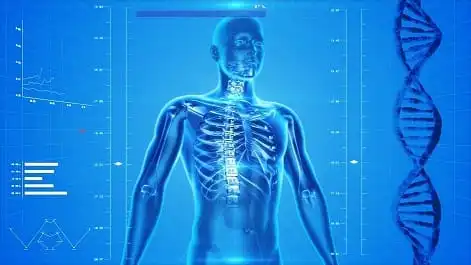Artificial Intelligence Cancer Detection Techniques and Benefits
Artificial intelligence cancer detection has gained popularity and demonstrated exceptional performance through the digital revolution. Researchers obtained important details on various tumors at the molecular level from cancer patients because of the rapid availability of different data sets.
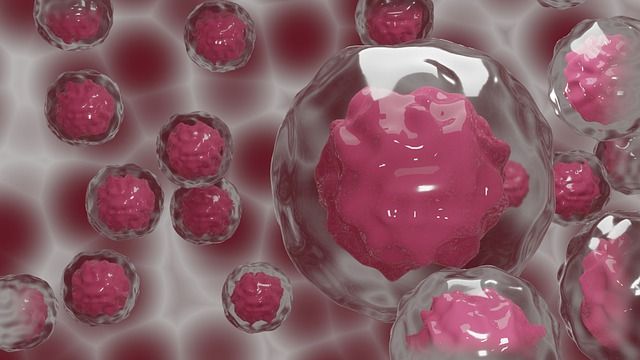
Healthcare industries focus on Big Data in the diagnostic imaging field that helps early detection and aids oncologists in decision-making and predicting tumor evolution. Artificial intelligence cancer detection strategies transform visuals (images) into data via the digitization of images offering highly accurate diagnosis at an earlier stage; it is necessary for curing some types like breast cancer.
AI has gained popularity and shown extraordinary performance in cancer research institutions via digital information. With the rapid availability of multiple data, important information of molecular-level tumors from cancer patients can be acquired. The major purpose of public cancer databases is to collect data and share it with other cancer research institutes to develop incredible technologies. For instance, a widely used cancer research public database, TCGA (The Cancer Genome Atlas), can characterize thirty-three cancerous types with over 20,000 samples and produce several data types and resources. Other high-performance computing hardware, including GPUs (graphical processing units), empower artificial intelligence cancer detection capabilities; with this, AI can process and handle large volumes of data and characterize them efficiently that humans cannot. But AI in healthcare is still in its infancy state except for a few applications approved by the FDA for practical use.
Why Oncology Demands AI?
According to World Health Organization (WHO), cancer cases are increasing. Global cancer diagnosis cases are forecasted to rise by 70% to 22 million in the coming two decades from 14 million. Further, one out of six reported death cases is due to cancer worldwide. In 2018, 18.1 million were affected by cancer, and 9.6 million lost their lives because of it. That's why it's a major struggle to find a way to diagnose cancer earlier and cure it timely. AI oncology detection drastically reduces treatment costs for several patients who don't afford it. In 2020, approximately 19.3 million cases were reported globally, and the same year faced 10 million deaths due to various cancer types. Fractionizing, 11.7% reported breast cancer cases, 11.4% lung cancer, and predicted to rise to 47% by 2040.
AI cancer treatment helps in several ways, including:
- Early and fast detection enhancing recovery chances
- Reducing false diagnosis problems
- Finding the best treatment with predictive treatment analysis
- Accelerating drug discovery process
- Lessening human involvement and hence, human error
- Affordable, accessible, and timely cancer treatment
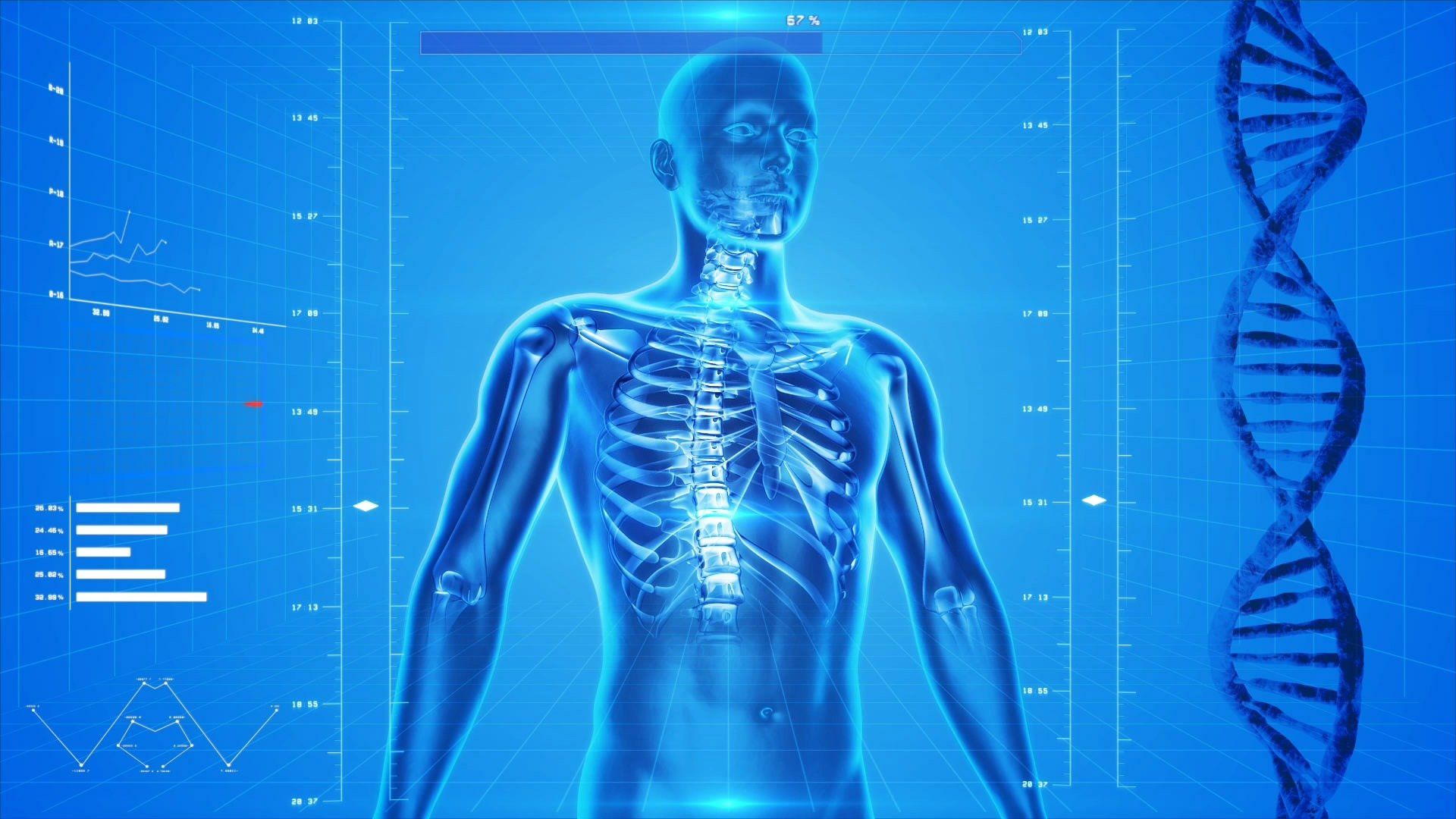
1. Artificial Intelligence in Oncology: Making Prediction
AI and ML techniques are helping in cancer prediction via medical imaging strategies. It allows oncologists to examine affected ones rightly and treat them instantly if needed. A scientist at MIT (Massachusetts Institute of Technology), Regina Barzilay, tested artificial intelligence cancer detection power. Her team studied to spot breast cancer in a lady before any tangible symptoms. She collected mammograms of over 89,000 from about 40,000 women last four years and examined samples against the tumor registry to identify the victim. After it, she trained a machine learning algorithm on these images and allowed it to develop relevant projections. The system categorized 30% of women with breast tumor as a highly vulnerable cancer group in the future. In contrast, only 18% of patients can be classified with oncologists' standard Tyrer- Cuzick model.
2. Artificial Medical Intelligence in Cancer Detection
An international team by NIDCR represented a study where deep learning detected molecular and genetic mutations based on 14 cancer types, including neck and head. They claimed that oncology must adopt deep learning to deliver tailored cancer care rapidly and cheaply.
2.1. AI Oncology in Medical Imaging
Cancer detection, detecting, and identifying tumor types among several artificial intelligence applications are common in medical imaging. FDA approved an artificial intelligence-based product, Paige Prostate, for cancer in 2021. It works with FullFocus, a digital pathology viewer, famous for detecting prostate cancer. Sixteen pathologists scanned 527 prostate biopsy photos to check for tumor symptoms. All oncologist did two experiments, one in traditional way while other with Paige Prostate. They found that the AI cancer tool improved detection quality by 7.3% and reduced the chances of false-positive by 24% and false-negative detection by 70%.
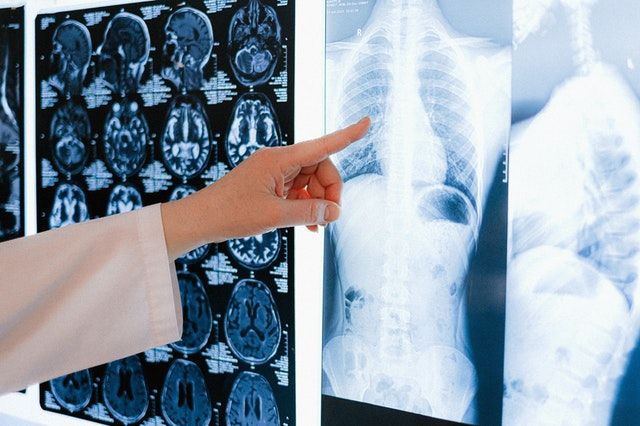
Another study conducted by a senior researcher, Mark Schiffman, at NCI (National Cancer Institute) resulted in developing an algorithm special for identifying cervical cancer. The system is fed with 60,000 images and determines pre-chances of acquiring cancer in the future and curing it with early medication.
"The computer algorithm was at least twice as accurate as of the best doctors we showed the images to."
This artificial intelligence cancer detection algorithm detects cervical abnormalities and predicts the chances of getting affected in the coming seven years.
2.2. Artificial Intelligence in Blood Tests
Artificial intelligence in healthcare article is published in Cancer Cell International stated blood involvement in cancerous conditions. The researchers claimed that it is a better way to detect and monitor cancer by analyzing ctDNA and miRNA plasma profiles in comparison to CT scans.
Another cancer center Johns Hopkins Kimmel introduced an intelligent technique to identify lung cancer via a blood test. In the US, Netherlands, and Denmark, about 796 samples are tested this way. With traditional CT scans and protein biomarkers techniques, clinicians joined it to spot cancer with 91% accuracy.
2.3. ML-Based Detection via Diagnosing Apps
Machine learning in cancer detection gets individual feedback about abnormalities as they feel; in self-diagnosis, they don't need to visit a doctor.
SkinVision introduced a smartphone app that helps operators to identify their skin defects. The user clicks a photo of the skin part and uploads it to the app for expert evaluation. The AI-powered algorithm analyzes it based on several factors like color, shape, texture, and share results in only 30 seconds, amazingly quick service. The developers claimed its accuracy to be 95% in detecting skin cancer. Google is also assisting in diagnosing cancer via its tool, namely Dermatology Assist. It is specialized for detecting mutations on skin, hair, and nail as it is trained over 65,000 images and deal with about 288 types of skin issues.
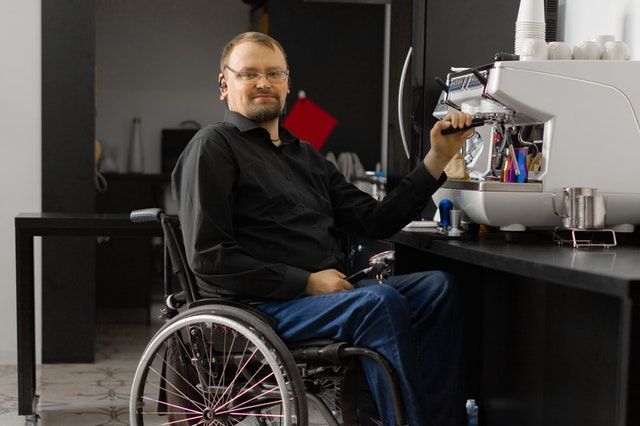
3. Cancer Artificial Intelligence Treatment
3.1 Artificial Intelligence in Immunotherapy
In immunology, AI helps doctors evaluate the effects of various treatments and their prescriptions. An AI-powered strategy was developed by UT Southwestern Medical Center and MD Anderson Cancer Center to detect specific neoantigens found in patients' blood. Such techniques assist in predicting how cancerous cells respond to immunotherapies. T cells found in the immune system are active to spot the entry of any invading or cancerous integer in the body. If neoantigens are found, they bind with them; however, some remain undetected and power cancer to grow. Several neoantigens types are known to date, and it is not only costly and time-consuming but also tedious to analyze their interaction with T cells. Tao Wang, an assistant professor, stated that:
“Determining which neoantigens bind to T cell receptors and which don't have seemed like an impossible feat. But with machine learning, we are making progress.”
These technologies will help physicians make tailored therapy solutions and vaccines against cancer.
3.2. Drug Development by Artificial Intelligence
The same drugs respond differently to multiple tumor types. Artificial intelligence cancer detection technology predicts how mutagenic cells behave when dealing with medicines. Plus, this practice helps produce new antitumor drugs and their functionality against a specific cancer type.
An AI cancer research team developed a forest algorithm to forecast the activity of antitumor drugs on altered cells. The scientists at Aalto Institute, University of Turku, and of Helsinki developed a machine learning-based model, comboFM. It suggests the best combination of drugs to kill specific cancerous causing cells. This model is trained on historical data comprising various tumor types and the drugs prescribed to treat them. It is also possible with AI to determine the generic drug combination. The focus of the developer of this AI solution, Laura, is on prostate cancer.
3.3. AI in Genomic Sequencing
Genomic sequencing with AI is the ultimate way to characterize the cancer type and suggest personalized treatment. In lung cancer, its two common types, including squamous cell carcinoma and adenocarcinoma, are hard to be distinguished. Researchers trained a Google-made deep learning algorithm on 1600 pathology slides of lung cancer. Their developed system was as efficient as the expert pathologist.
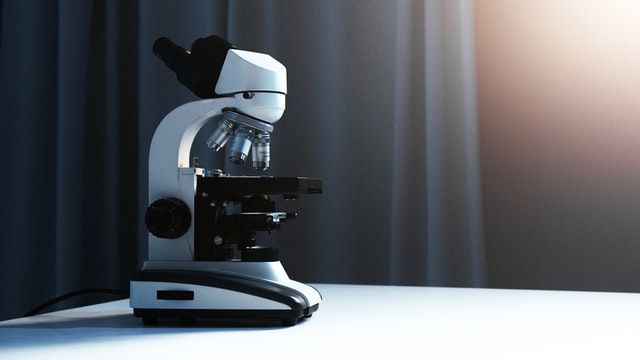
4. Advantages of Introducing Artificial Intelligence Cancer Detection and Treatment Solutions
4.1. Personalizing Therapies for Patients
AI oncology allows personalized treatments for a specific patient suffering from a specific cancer type. It will ultimately result in lesser adverse treatment effects by directly impacting cancer cells and saving healthy ones from damage. Two healthcare companies joined their efforts in making AI molecular twins (virtual replicates) of cancer patients. Scientists collect information from their proteins, DNA, and RNA to apply the most accurate treatment therapy on that person.
4.2. Improving Efficiency
The biopsy is not the reliable solution to detect cancerous cells as it may leave that place where it is actually growing. MRI (magnetic resonance imaging) is another related technique that requires high training and may produce results that seem different according to different radiologists' opinions. Thanks to AI oncology as it is based on a highly sensitive algorithm involved in quick and accurate detection. Thousands of CT scan images are behind deep learning of these algorithms that are 95% more accurate in result making than traditional ways.
4.3. Reducing Ultrasound False Positive / Negative
Artificial intelligence cancer detection improves the detection process resultantly, reducing errors. Google empowered AI software reduces false positive by 6% and negative by 9% in mammogram readings. Another algorithm developed for breast cancer detection reduced false positive readings by 37.7%
4.4. Time and Money Saving
Biopsy and MRI are expensive diagnostic techniques. These are costly as MRI detects alteration in the rotational axis direction of protons present in the water of living cells. The operator increases speed, so protons align with the magnetic field, which is quite complex. Here AI comes with deep learning algorithms delivering high-performance diagnostic solutions at lower time and cost.
4.5. AI Enhancing Survival Chances
Artificial intelligence helps earlier detection leading to higher survival chances. In contrast, traditional techniques can only produce CT scans and not analyze them automatically.
AI gathers data from millions of patients and makes predictions based on these deep learning algorithms and insights. Further, a study was published regarding how AI detects precancerous cells in cervical images and separates them from other unusual conditions. Hence, save patients from anxiety and unjust treatment.
4.6. Cancer Type Identification Without Going Through Procedures
With artificial intelligence cancer detection, there is no need for surgery in traditional diagnosis ways. For example, AI breast cancer treatment lessens surgeries by over 30.6%, according to a study using needle biopsies with an image guide. Another AI cancer research team developed a brain tumor detector (a deep learning algorithm) to identify and characterize IDH (isocitrate dehydrogenase) mutations.
4.7. Quick Triage of Usual Cases
Human-based MRIs and CT scans are tedious and slow. A group of interpreters may argue and have a different point of view on one CT scan making it complex to diagnose the disease. But AI imaging reduced human dependency and shared faster, quick results saving time.
5. Artificial Intelligence Cancer Detection Books on Amazon
5.1 Artificial Intelligence Techniques in Breast Cancer Diagnosis & Prognosis
Author: Jain et al
Description
It is the first book with the main purpose of sharing recent research on the practical application of AI breast cancer detection and prognosis. Artificial intelligence strategies are adaptable and share better results than conventional ways. Its contributors are from worldwide.

5.2 Deep Learning for Cancer Diagnosis (studies in computational intelligence 908)
Author: Utka and Jafar Editors
Description
It shares several recent services and future potentials of deep learning in cancer diagnosis. AI in healthcare brings countless solutions with huge data and accurate results. The book targets researchers, students from MSc and Ph.D., experts, or anyone interested in knowing DL strategies in cancer diagnosis.

5.3 Artificial Intelligence in Breast Cancer Early Detection and Diagnosis
Author: Khalid Sheikh, Sabihta Krishnan, and Rohid Thanki
Description
It is an introduction to smart screening in medical image analysis. Innovative methods for cancer detection join artificial intelligence techniques with the digital screening process. The book shares the clinical benefits of using AI solutions in predicting, diagnosing, and treating breast cancer.

5.4 Artificial Intelligence in Cancer: Diagnostic to Tailored Treatment
Author: Smaranda Belciug
Description
It is a roadmap towards the practical involvement of AI in cancer at different stages. Further, how AI helps oncologists make the right decision is also discussed in this book. The author tried to better explain the point with about 20 examples and 100 diagrams of AI applications in cancer treatment.

5.5 Artificial Neural Networks in Cancer Diagnosis, Prognosis, and Patient Management
Author: R.N.G Naguib and G.V. Sherbet Editors
Description
The book joined the work of top field experts who used ANN (artificial neural network) in their experiments for predicting, diagnosing, confirming, and managing cancer. It revolves around the potential of neural networks in oncology, as the author shared almost all types of cancer where ANNs support lives.

6. Barriers to Adopting Artificial Intelligence Cancer Detection Techniques
6.1. Biased Training Data
Artificial intelligence shows discrimination for various patient groups or even healthcare centers. Algorithms developed by one organization may not work well when used in another place. An AI cancer research team explained how an ML-based cancer detection application considers the institution is submitting an image for diagnosis as a determining factor of a scan showing cancer signs. However, there is no need to adjust AI algorithms for different people as MIT’s researchers developed a model for predicting breast cancer. This machine-learning algorithm doesn’t discriminate against white or black patients.
6.2. Will Pathologists be Replaced Completely?
Some system trainers are afraid of being replaced while training highly efficient systems. It is quoted that:
“An AI algorithm can learn from a much larger library than a radiologist can. In some cases, a million images or more.”
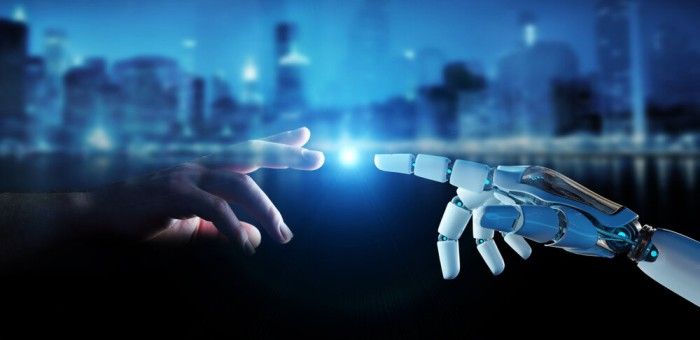
6.3. Large Amount of Training Data Required
The larger past available data for training a system brings high accuracy in decision-making by machines or expert models and algorithms. Unfortunately, the existing data is insufficient to train the system; for instance, the LUNA database comprises only 888 CT images, and the IDRiD (Indian Diabetic Retinopathy Dataset) has only 600 samples pictures. We must wait until we have enough data in AI-supported software to achieve high accuracy in prediction.
7. Humans Vs. Artificial Intelligence in Oncology: Accuracy in Detecting Cancer
According to a study published on Nature in 2020, computers trained for recognizing cancer from images are good or, in some cases, have crossed humans inaccuracy. Even the systems detect earlier signs of mutations in cells that were unidentifiable by the human eye. However, artificial intelligence uses human intelligence to learn and perform relevant tasks but cannot surpass humans or eliminate humans completely.


